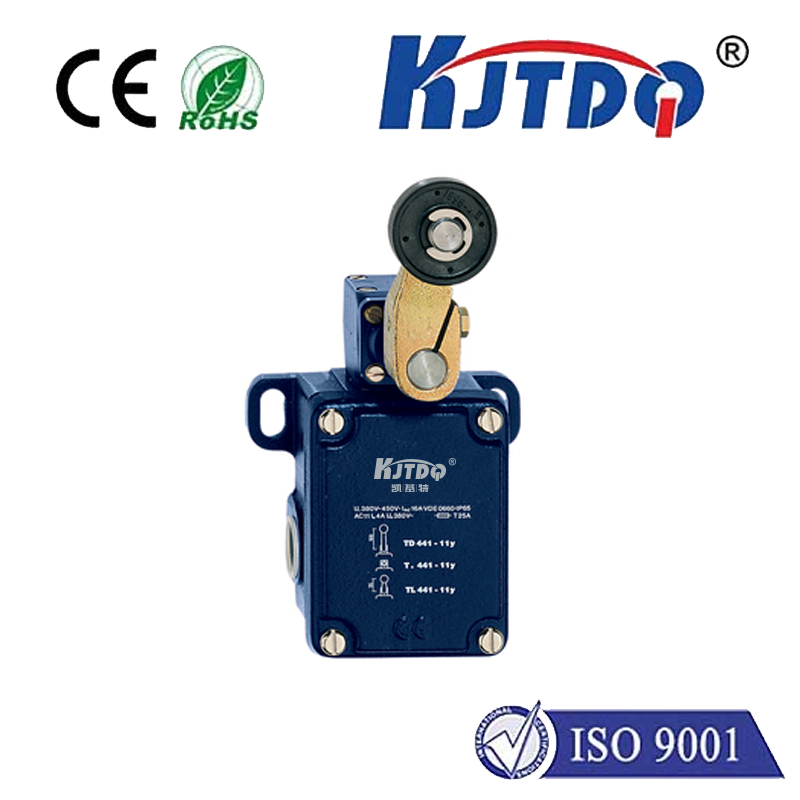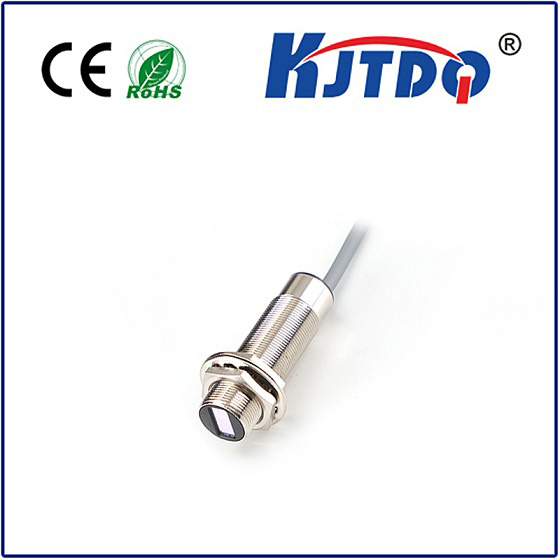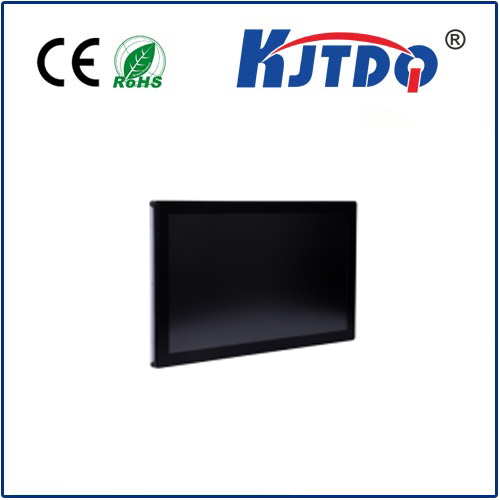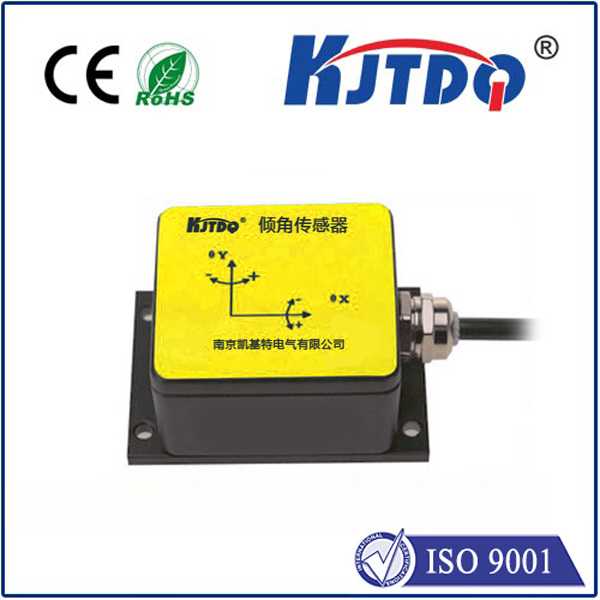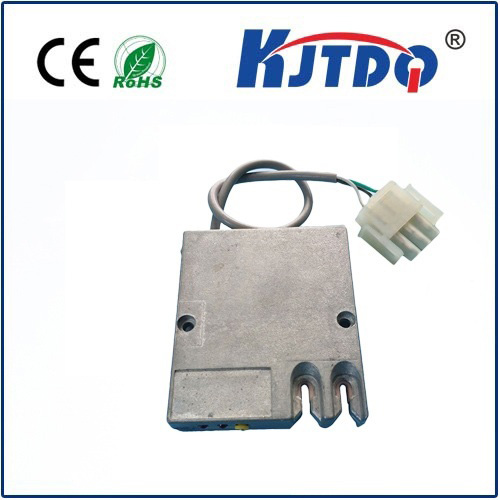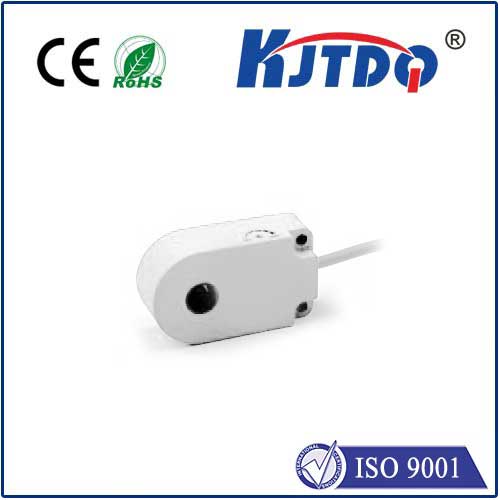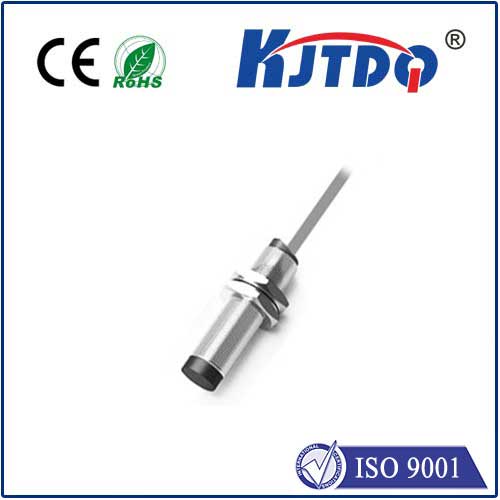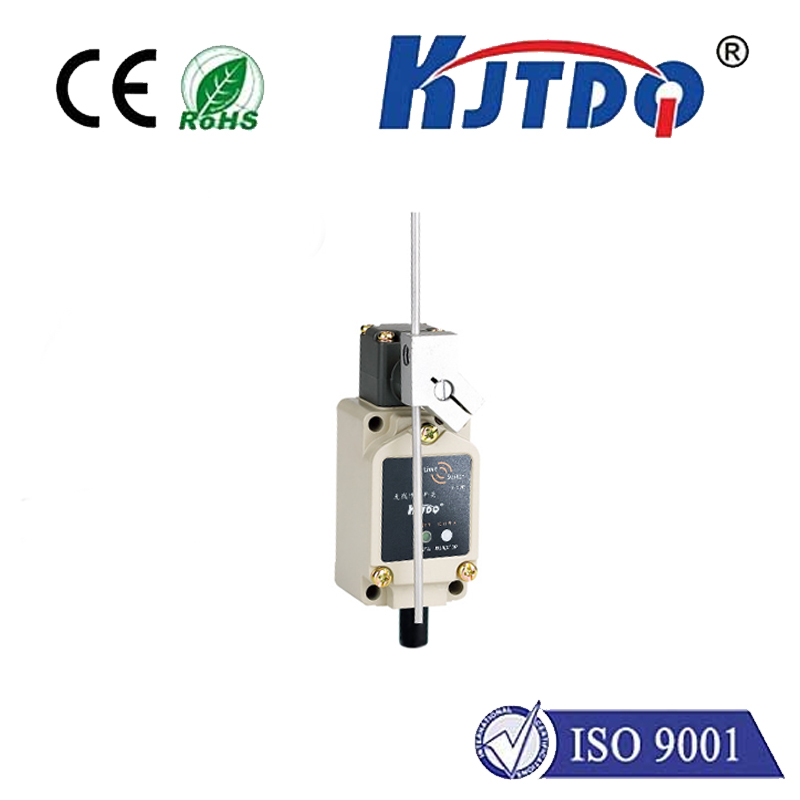
check

check

check

check
Introduction:
Proximity sensors are a type of sensor that detects the distance between two objects. These sensors are commonly used in various applications, such as robotics, automation, security systems, and industrial manufacturing. In this article, we will discuss the basics of 220v proximity sensors, their working principle, advantages, and applications.
Working Principle:
A 220v proximity sensor consists of two parts: the transmitting element and the receiving element. The transmitting element emits a radio frequency pulse, which is reflected by the object being sensed. The receiving element receives the reflected pulse and measures its duration. By calculating the time delay between when the pulse is emitted and received, the sensor can determine the distance between the objects.
Advantages:
1. Non-Contact: Proximity sensors do not require physical contact with the object being sensed, making them ideal for applications where it is necessary to avoid contamination or damage to the surfaces.
2. Easy to Install: Proximity sensors can be easily installed without the need for any wiring or complicated setup procedures. They can be mounted on different surfaces, such as walls, floors, and ceilings.
3. High Accuracy: Proximity sensors have high accuracy, making them suitable for applications where precise measurements are required, such as in industrial manufacturing or robotics.
4. Long Battery Life: Most proximity sensors have a long battery life, allowing them to operate continuously for extended periods without needing to be recharged.
Applications:
1. Industrial Automation: Proximity sensors are widely used in industrial automation systems to detect the presence of workers in hazardous areas or to monitor the movement of equipment.
2. Robotics: Proximity sensors are essential components of robotic systems, as they enable robots to sense their environment and navigate safely through complex spaces.
3. Security Systems: Proximity sensors are used in security systems to detect intruders and trigger alarms when an individual approaches a specific area.
4. Medical Devices: Proximity sensors are used in medical devices like blood glucose monitors to measure the sugar levels in the patient's bloodstream.
Conclusion:
Proximity sensors are versatile devices that offer numerous benefits in various applications. With their non-contact operation, easy installation, high accuracy, and long battery life, they are becoming increasingly popular among manufacturers and developers alike. As technology continues to advance, we can expect to see even more innovative uses of proximity sensors in the future
